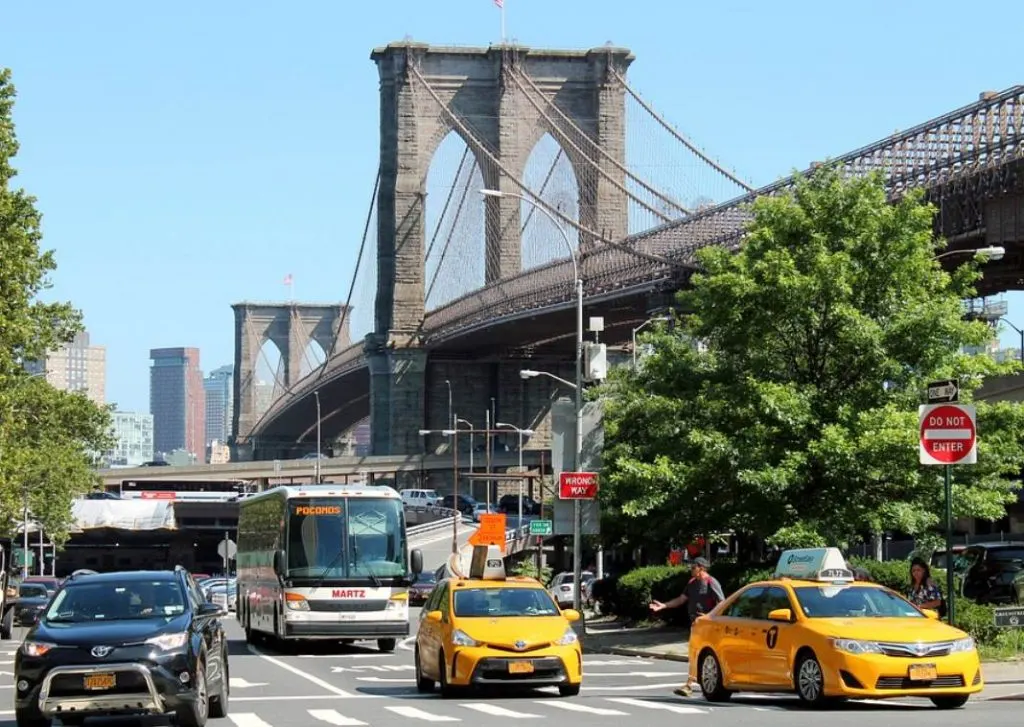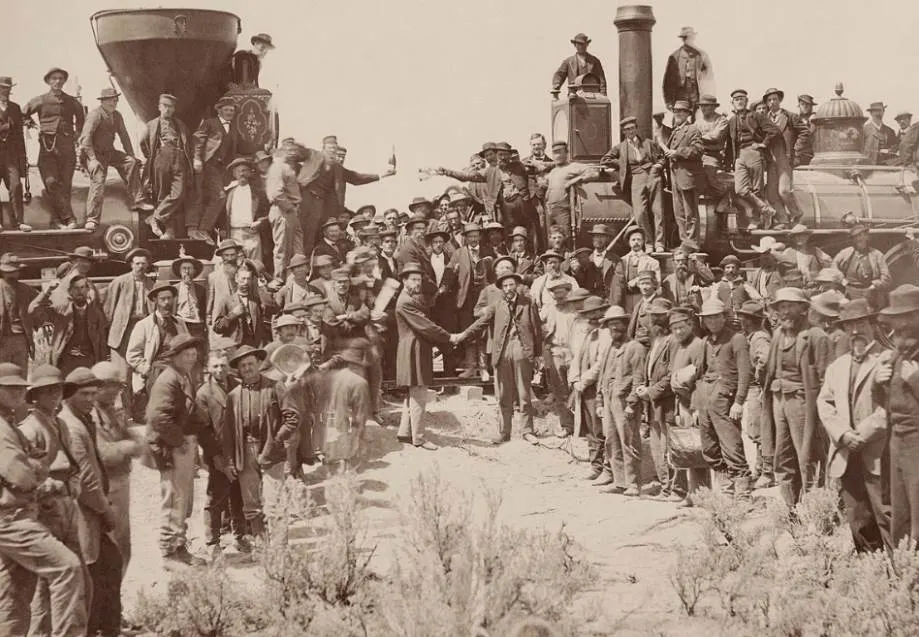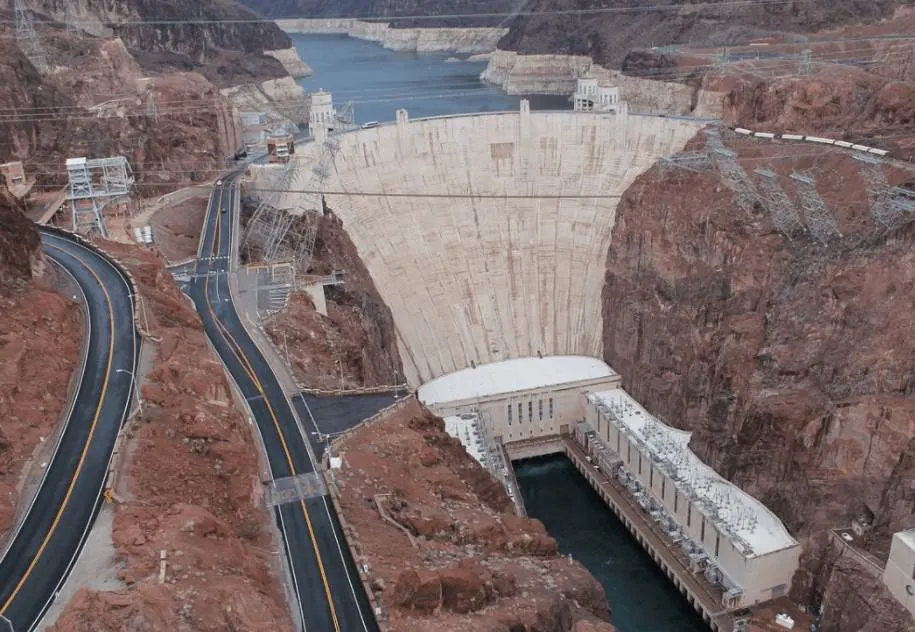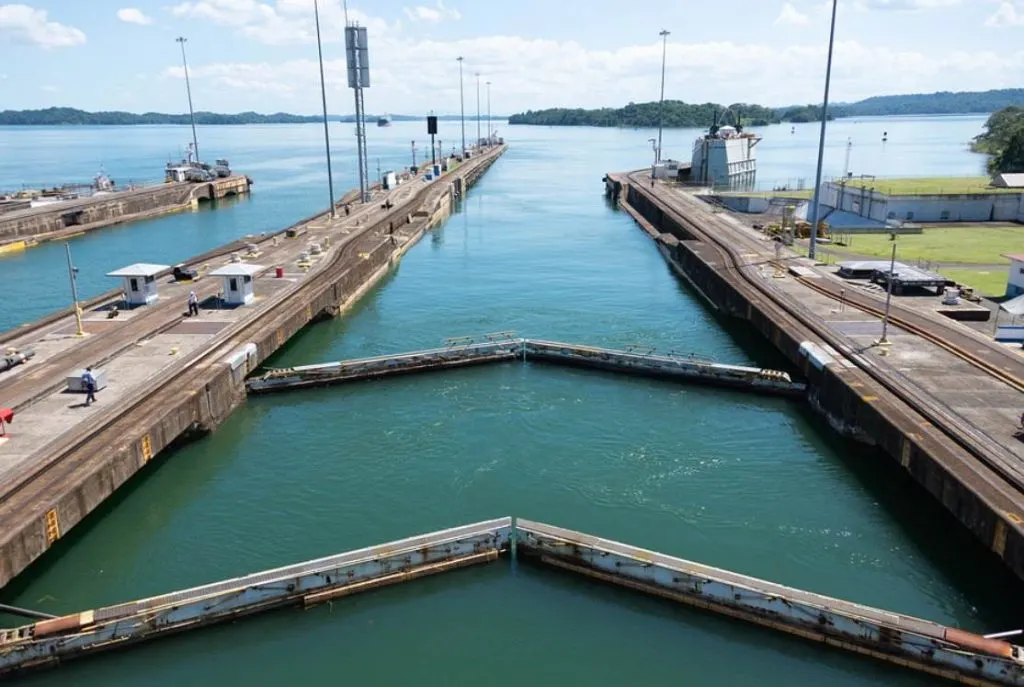The 7 Wonders of the Industrial World are amazing feats of engineering and architecture that have defined the modern world. In a book of the same name by British author Deborah Cadbury, the stories of these feats are explained in full detail.
In this post, we’ll answer this one question: What are the 7 wonders of the industrial world?
Related: This is part of our series of lists about “7 Wonders of the World.” Other lists include the 7 Wonders of the Ancient World, The New 7 Wonders of the World, and the 7 Wonders of the medieval World.
1. SS Great Eastern
The SS Great Eastern was an iron sailing steamship and was by far the largest ship in the world when it was constructed halfway through the 19th century. The construction of this enormous ship started in 1854 and was completed in 1859.
The ship had the capacity of bringing 4,000 passengers over from England to Australia without ever having to refuel. The gross tonnage of the ship was 18,915.
The reason it’s included in the list of 7 industrial world wonders is that the ship’s passenger capacity was only surpassed in 1913 by the 4,935-passenger ship SS Imperator, its total length of 692 feet (211 m) by the 705-foot (215 m) RMS Oceanic in 1899, and its gross tonnage by the 21,035-gross-ton RMS Celtic in 1901.
The SS Eastern had already been broken up for scrap well over a decade earlier in 1889, an endeavor that took over 18 months to complete.

2. Bell Rock Lighthouse
The Bell Rock Lighthouse is the world’s oldest surviving sea-washed lighthouse. It’s located in a reef called the Bell Rock or Inchcape about 11 miles (18 km) off the east coast of Angus not too far from Dundee.
It was built between 1807 and 1810 by Scottish civil engineer Robert Stevenson, famous for the construction of numerous amazing lighthouses on the Scottish coast. The tower stands about 35 meters (115 ft) tall and its lights are visible 35 miles (56 km) inland.

Constructing the lighthouse in the sea in the early 19th century was a pretty astounding accomplishment. The masonry work that the lighthouse rests on is at such a high standard that it hasn’t been replaced in 200 years.
This alone, and the fact that the Bell Rock lighthouse is still operational, automated since 1988, has ensured the lighthouse has earned a spot in the Industrial wonders list.

3. Brooklyn Bridge
The Brooklyn Bridge was completed and inaugurated on May 24, 1883, and crosses the East River, connecting the boroughs of Brooklynn and Manhatten. It was the first fixed bridge to span the river.
With a main span of 1,595.5 feet (486.3 m) and a deck height of 127 ft (38.7 m) above mean high water, it was the longest suspension bridge in the world at the time it was opened.
This great bridge was such a novelty in its day that even though the work started in 1870, it took over 13 years to finalize the bridge’s construction.
Right now, the bridge is still one of the most important bridges in New York, and its daily traffic exceeds 100,000 on average.

4. London sewerage system
In the early 19th century, the River Thames was an open sewer and the outdated medieval sewer system was incapable of coping with the enormous growth of the largest city in the world at the time. This had disastrous consequences for public health, and cholera epidemics were rampant.
It wasn’t until an event called “The Great Stink,” a hot and dry period in the summer that caused a nauseatic smell all across the city, happened in 1858 that serious efforts were made to solve the problem.
Civil Engineer Joseph Bazalgette, who also submitted proposals for Tower Bridge, was burdened with the task of completely redesigning the London sewer system to permanently solve the issues.
He did so by creating 6 different interceptor sewers and an interconnected network of underground sewers that were released downstream of the main center of the city.

5. First Transcontinental Railroad
The “First Transcontinental Railroad” which was originally referred to as the “Pacific Railroad,” was a rail system that connected the east and west coasts of the United States.
It was a 1,912-mile (3,077 km) continuous railroad line that was constructed between 1863 and 1869. The first train that ever rode the line did so between Sacramento and Omaha on May 10, 1869.
It was the president of the Central Pacific Railroad Company of California Leland Stanford that ceremonially opened the railroad by tapping the “Golden Spike” with a silver hammer on that day in Promontory Summit, Utah.
This was an immensely important moment in the history of the United States, which benefitted the country to become a prosperous nation tremendously.

6. Hoover Dam
Hoover Dam is a concrete arch-gravity dam on the border of the U.S. states of Nevada and Arizona. It’s located in the Black Canyon of the Colorado River, one of the biggest rivers in the southwest of the United States and northern Mexico.
One of the most remarkable facts about Hoover Dam is that it was built between 1931 and 1936, just years after the Wall Street crash had sent the United States into the Great Depression.
The construction of this monumental dam didn’t just require thousands of workers to be employed at a minimum wage, the ruthless pace set by chief engineer Frank Crowe resulted in the loss of over 100 lives.
This famous dam was initially called Boulder Dam until its name was changed to Hoover Dam in 1947 after President Herbert Hoover, and is located near Boulder City in Nevada, a city that was created for the workers.

7. Panama Canal
The Panama Canal isn’t just included in the list with 7 wonders of the industrial world, it was also included in the list created by the American Society of Civil Engineers due to it being one of the most complex feats of engineering ever created.
The construction of a connection between the Atlantic and Pacific Oceans was started by France in 1881 but was stopped due to the complex nature of the project and several other problems. The United States took over the project in 1904, and the canal was opened on August 15, 1914.
The Panama Canal has been described as one of the largest and most difficult engineering projects ever undertaken. It’s of immense importance because the shortcut greatly reduces the time it takes to cross from one ocean to the other.

